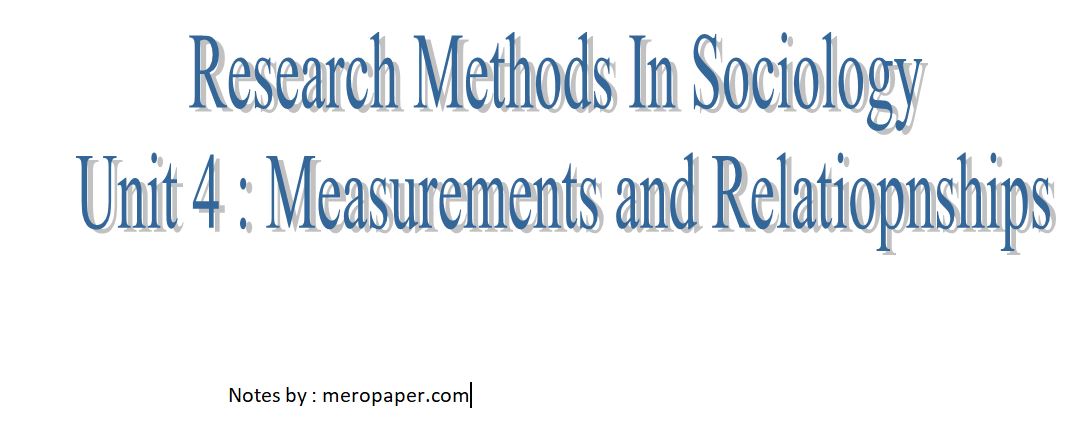Meaning and definition of social institutions
Social institutions are established patterns of beliefs, norms, values, behaviors, and relationships that persist over time and are organized around a particular purpose or function in society. These institutions are created by and for members of a society, and they play an important role in shaping the behavior, beliefs, and interactions of individuals within that society.
Examples of social institutions include the family, religion, education, government, the economy, and the media. Each of these institutions has a distinct set of roles, rules, and expectations that guide behavior and shape the way individuals interact with one another.
Social institutions are important because they provide a framework for organizing social life and ensuring that members of a society are able to cooperate, collaborate, and live together in relative harmony. They also provide a sense of stability and continuity across generations, helping to maintain social order and reduce social conflict.
According to MacIver and Page ” Institutions may be define as the established forms or conditions of procedure characteristics of group activity .”
According to Bogardus ” Social institutions in a structure of society chiefly through well established procedures.”
Characteristics of social Institutions
a. Well defined objective
b. Institution has a symbol
c .Institution has a own tradition
d. Institution has a own structure
e. Institution has a cultural equipment
f . Function as an unit in the cultural system
g. Institution has a specific purpose
Must read MA 2nd year Sociology Of Gender : Unit 1 Introduction All Notes
Despite this progress, gender disparities in the economy persist. Women continue to earn less than men on average, and are overrepresented in low-wage and precarious work. They also face barriers to career advancement and are underrepresented in leadership positions. These disparities are even more pronounced for women from marginalized communities, such as women of color and LGBTQ+ individuals.
There are a number of factors that contribute to these gender disparities in the economy. One key factor is gender norms and stereotypes, which can influence hiring decisions, promotion opportunities, and access to economic resources. Discrimination and bias also play a role, with women facing both explicit and implicit biases in the workplace.
Policies and interventions aimed at promoting gender equality in the economy can take a variety of forms, including equal pay and anti-discrimination laws, family-friendly workplace policies, and support for women entrepreneurs and small business owners. Education and awareness-raising initiatives can also help to challenge gender norms and stereotypes, and promote greater gender equality in the economy.
According to Ogburn and Nimkoff ” The activities of man in relation to food and property constitute the economic institution.”
According to Jones ” The economic institution is the complex of technique idea and customs relating of the exploitation of the environment for the satisfaction of subsistence needs .”
Must read Research Methods In Sociology : Chapter 1- Introduction (Full Notes)
Explain the gender and education
Despite this progress, gender disparities in education persist in many parts of the world. Girls continue to face barriers to education, including discrimination, social norms and stereotypes, poverty, and limited access to educational resources. This can result in lower enrollment rates, higher dropout rates, and lower academic achievement for girls compared to boys.
To address these disparities, a range of policies and interventions have been developed to promote greater gender equality in education. These may include initiatives aimed at improving access to education for girls, such as scholarships, school infrastructure, and transportation. Programs to promote gender-sensitive teaching practices, gender-sensitive curriculum development, and teacher training can also help to create a more inclusive and equitable learning environment.
Efforts to address gender disparities in education should also be complemented by broader social and economic policies aimed at promoting gender equality more broadly, such as policies aimed at reducing poverty, improving women’s access to health care and reproductive rights, and addressing gender-based violence and discrimination. By addressing these broader social and economic factors, it is possible to create a more inclusive and equitable education system that benefits all students, regardless of their gender .
The relationship between gender and the state refers to how gender shapes and is shaped by the policies, practices, and institutions of government. Gender can influence how states allocate resources, provide services, and make decisions, as well as how citizens interact with the state and participate in governance.
Historically, states have been dominated by men, with women having limited opportunities to participate in government and influence decision-making. However, in recent years, there has been progress towards greater gender equality in politics, with more women assuming leadership positions in government and advocating for policies that address gender inequalities.
Despite this progress, gender disparities in the state persist. Women continue to be underrepresented in government, and are often excluded from decision-making processes that affect their lives. This can result in policies that do not adequately address the needs and concerns of women, and can perpetuate gender inequalities.
To address these disparities, a range of policies and interventions have been developed to promote greater gender equality in the state. These may include initiatives aimed at increasing women’s participation in politics and decision-making processes, such as quotas, affirmative action, and training and capacity-building programs. Programs to promote gender-sensitive policy-making, gender-responsive budgeting, and gender mainstreaming can also help to ensure that government policies and programs address the needs and concerns of both women and men.
Efforts to promote gender equality in the state should also be complemented by broader social and economic policies aimed at addressing gender inequalities, such as policies aimed at reducing gender-based violence, improving women’s access to education and economic opportunities, and promoting women’s health and well-being. By addressing these broader social and economic factors, it is possible to create a more inclusive and equitable society that benefits all citizens, regardless of their gender.


 - [Resolving the Adventure Not Found Error in For the King 2](#) - [Understanding the Purpose of the Hardwork Skill in For the King 2](#) Upon liberating the prisoner from the cart in The Resistance chapter, the world unfurls for exploration. Roam the area until you chance upon an overturned wagon distinct from the prisoner cart, nestled in the Foothills area of the map. Should the wagon remain elusive, lean on Vision Scrolls or Find Distance items, available in town shops, dropped by enemies, or carried by specific characters such as the Scholar. Employ these tools to meticulously scrutinize the Foothills. Continue your exploration of the Foothills until you stumble upon the broken wagon. Once uncovered, assign any of your party members to investigate – no battle ensues, sparing your entire party from involvement. A notification will prompt you to the exact location of the Bandit Camp, where Hildegard's husband is being held captive. Liberate him from the camp to successfully fulfill this objective. These are the crucial steps to unraveling the mystery of Hildegard's husband in For the King 2. If you found this guide beneficial, consider exploring our diverse range of other informative guides.](https://meropaper.com/wp-content/uploads/2024/01/for-the-king-2-hildegard-husband-cart2-150x150.webp)








